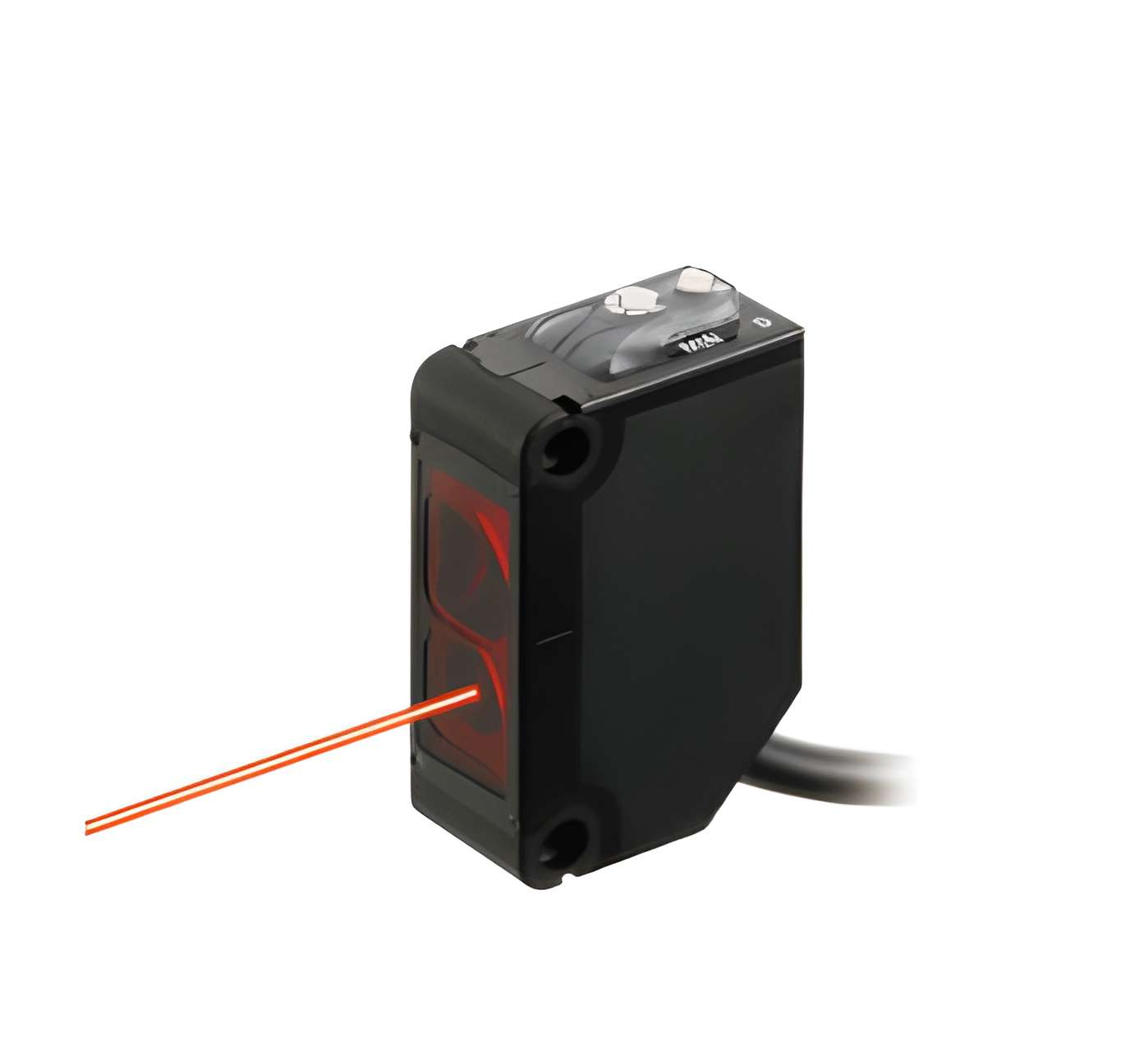Panasonic CX-441-P Sensor: Advanced Technology for Industrial Applications
The CX-441-P sensor is a cutting-edge industrial solution designed for precision, durability, and high performance. Featuring advanced reflective technology and an extended detection range, this sensor is the ideal choice for automation systems, heavy-duty industrial processes, and factory applications. This article explores the specifications, applications, and purchasing options for the CX-441-P sensor.
Specifications of the Panasonic CX-441-P Sensor
The CX-441-P sensor offers a range of features to meet the demands of industrial environments:
- Detection Range: Up to 2 meters with precise accuracy.
- Reflective Technology: Advanced optics for reliable performance.
- Sensitivity Adjustment: Adjustable settings for varied applications.
- Power Supply: Operates on 12-24V DC.
- Response Time: Less than 1ms for rapid detection.
- Durability: IP67-rated housing for water and dust resistance.
- Connectivity: Multiple output options for seamless integration.
Applications of the Panasonic CX-441-P Sensor
The versatility of the CX-441-P sensor makes it suitable for a wide range of industrial applications:
- Automation Systems: Enhances the efficiency of robotic and automated processes.
- Factory Operations: Ideal for assembly lines, quality control, and material handling.
- Heavy-Duty Applications: Designed for challenging environments, such as mining and construction sites.
- Logistics and Warehousing: Improves inventory tracking and movement monitoring.
- Industrial Machinery: Ensures safe and efficient operation of equipment.
Key Advantages of the Panasonic CX-441-P Sensor
The CX-441-P sensor delivers multiple benefits for businesses aiming to optimize their operations:
- High Accuracy: Dependable performance in detecting objects and obstacles.
- Long Detection Range: Capable of monitoring areas up to 2 meters away.
- Durability: IP67 protection ensures resilience in harsh conditions.
- Easy Installation: Simple setup with a user-friendly installation guide.
- Cost Efficiency: Long-lasting performance reduces maintenance costs.
How to Install the Panasonic CX-441-P Sensor
Follow these steps for a seamless installation of your CX-441-P sensor:
- Ensure the installation area is clean and suitable for mounting the sensor.
- Securely attach the sensor using the provided brackets or hardware.
- Connect the power supply and signal outputs as per the wiring diagram.
- Adjust the sensitivity and detection range settings to suit your application.
- Test the sensor to confirm it operates as expected.
Why Choose the Panasonic CX-441-P Sensor?
The CX-441-P sensor stands out due to its advanced features and industrial-grade performance. Whether you’re optimizing a factory floor or automating a warehouse, this sensor provides the reliability and precision you need.
FAQs About the CX-441-P Sensor
1. What is the detection range of the CX-441-P sensor?
The CX-441-P sensor has a detection range of up to 2 meters, making it suitable for various industrial applications.
2. Is the CX-441-P sensor suitable for outdoor use?
Yes, with its IP67-rated housing, the CX-441-P sensor is resistant to water and dust, allowing for outdoor applications.
3. How do I adjust the sensitivity of the CX-441-P sensor?
The sensor features an adjustable knob or software settings to fine-tune sensitivity according to your needs.
4. Can the CX-441-P sensor integrate with existing automation systems?
Yes, the sensor offers multiple connectivity options, making it compatible with most automation systems.
5. Where can I purchase the CX-441-P sensor?
You can buy the CX-441-P sensor from authorized distributors or online stores specializing in industrial equipment.
Buy the Panasonic CX-441-P Sensor Online
Ready to enhance your industrial operations? The CX-441-P sensor is available for purchase online from trusted suppliers. Its combination of performance, durability, and advanced features makes it the ideal choice for businesses looking to improve efficiency and reliability.
Related Articles: Learn more about the Photoelectric sensors by reading our blog on What is a Photoelectric Sensor?

